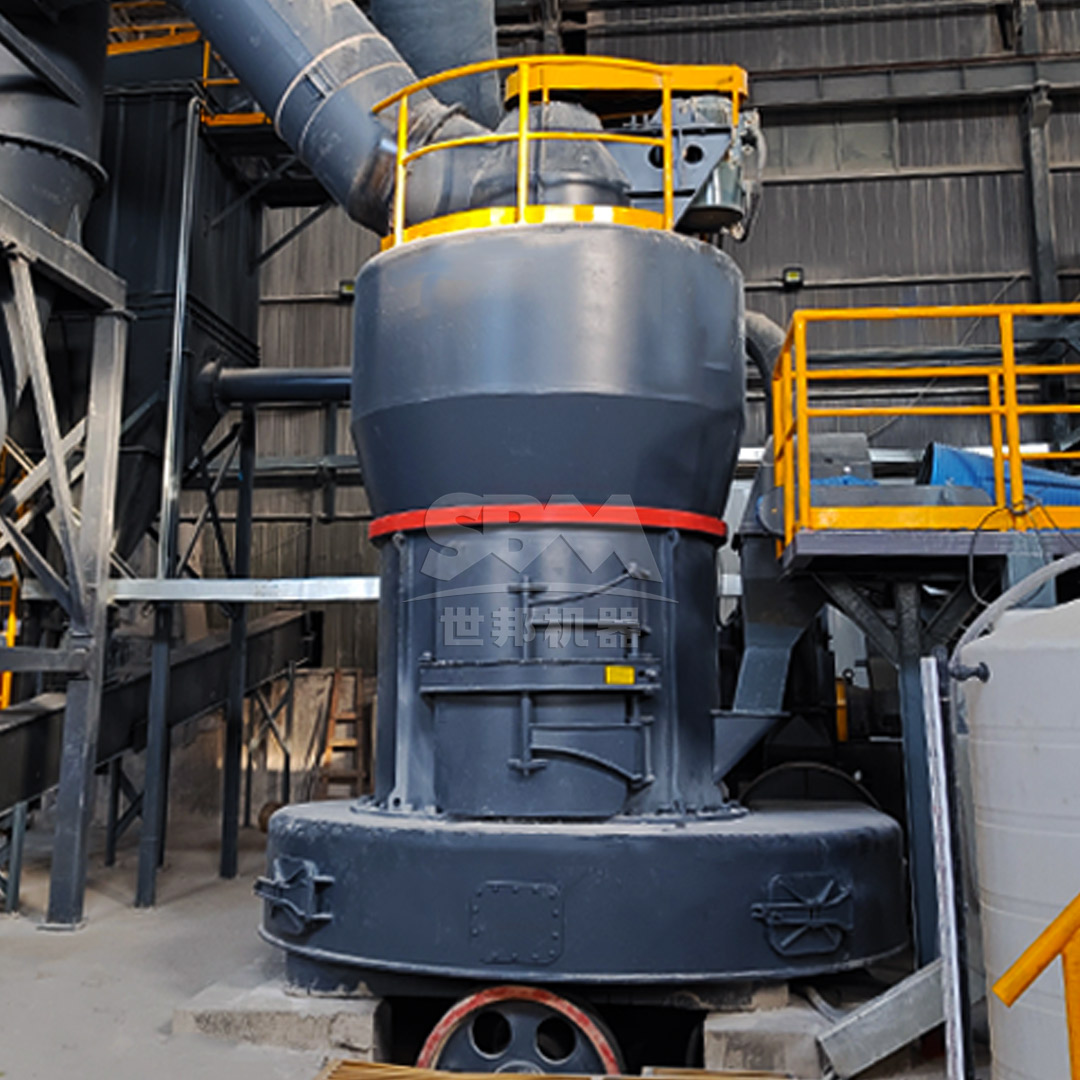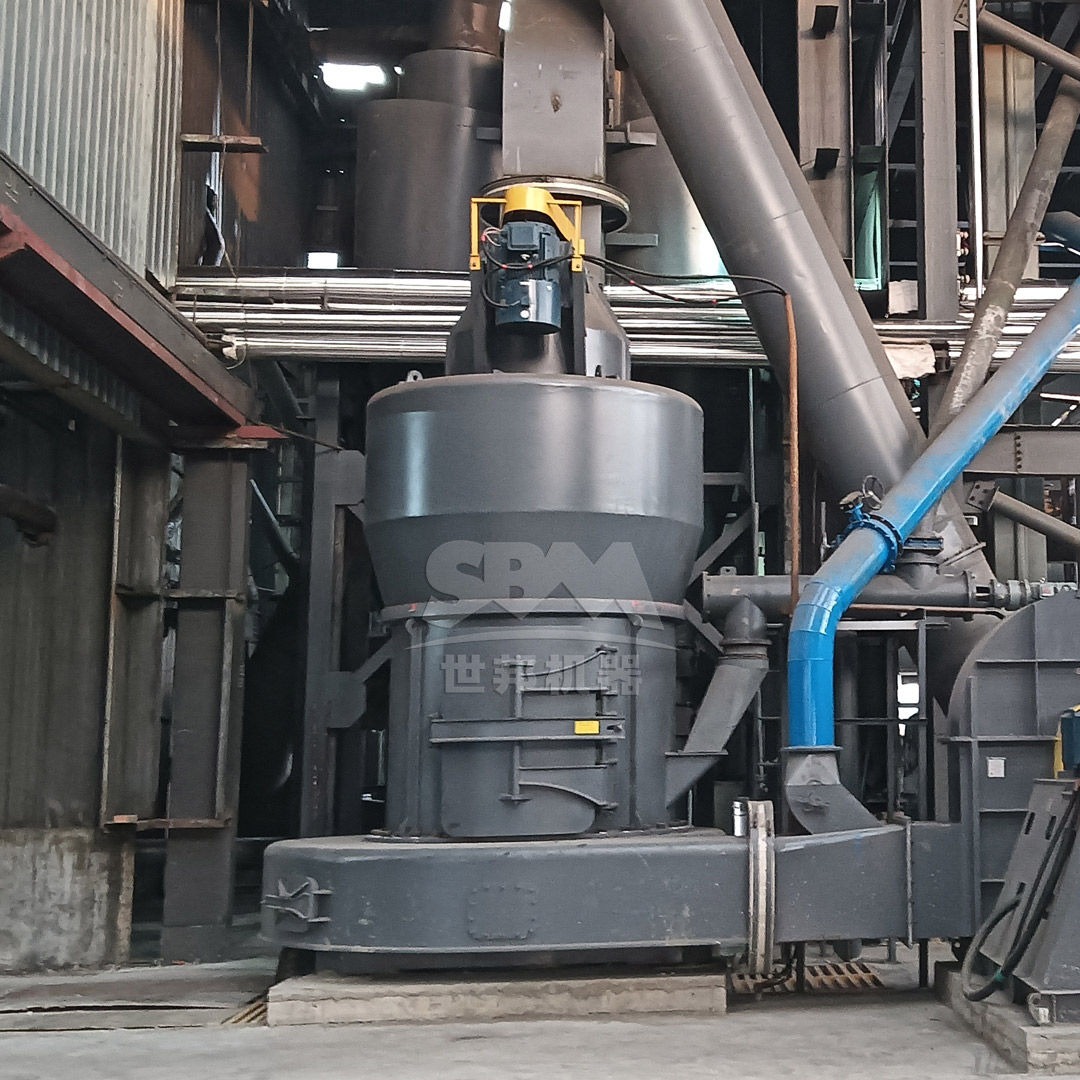Selecting the right ball mill is crucial for optimizing mineral processing operations. The choice impacts not only production efficiency but also operational costs and product quality. This comprehensive guide outlines the key specifications and considerations for selecting an appropriate ball mill, with insights into advanced grinding technologies that can enhance your mineral processing capabilities.
The maximum input size and processing capacity are primary considerations when selecting a ball mill. Traditional ball mills typically handle input sizes up to 25mm with processing capacities ranging from 0.65 to 450 tons per hour, depending on the model and configuration. The relationship between input size and throughput must be carefully balanced to ensure optimal grinding efficiency.
| Specification Category | Typical Range | Impact on Operation |
|---|---|---|
| Input Size | ≤25mm | Determines pre-crushing requirements |
| Output Fineness | 0.074-0.8mm | Affects product quality and market value |
| Processing Capacity | 0.65-450 t/h | Dictates production scale and efficiency |
Ball mills typically produce output in the range of 0.074-0.8mm, suitable for various mineral processing applications. The particle size distribution is critical for downstream processes and final product specifications. Modern ball mills offer adjustable fineness through control of grinding media size, mill speed, and material retention time.

While traditional ball mills remain effective for many applications, advanced grinding technologies offer significant advantages in specific scenarios. For operations requiring ultra-fine grinding or specialized material processing, considering alternative milling technologies can provide substantial benefits in efficiency and cost-effectiveness.
For operations requiring exceptionally fine grinding, the SCM Ultrafine Mill represents a technological advancement beyond conventional ball milling. With an output fineness range of 325-2500 mesh (D97≤5μm) and processing capacity of 0.5-25 tons per hour, this equipment offers precision grinding capabilities for high-value mineral products.
The SCM series incorporates several innovative features that address limitations of traditional ball mills:
With models ranging from SCM800 (0.5-4.5 t/h, 75kW) to SCM1680 (5.0-25 t/h, 315kW), this technology provides scalable solutions for ultra-fine grinding requirements where traditional ball mills may be limited by efficiency or fineness constraints.

Energy efficiency is a critical factor in mill selection, with significant implications for operational costs. Advanced grinding technologies often provide substantial energy savings compared to traditional approaches. The MTW Series Trapezium Mill, for instance, incorporates curved air channel designs that reduce energy loss and improve transmission efficiency, achieving up to 98% gear transmission efficiency.
For operations requiring a balance between capacity, fineness, and operational efficiency, the MTW Series Trapezium Mill offers an excellent alternative to conventional ball mills. With input sizes up to 50mm and output fineness of 30-325 mesh (down to 0.038mm), this equipment processes 3-45 tons per hour across various models.
Key technical advantages include:
The MTW series includes multiple configurations from MTW110 (3-9 t/h, 55kW) to MTW215G (15-45 t/h, 280kW), providing flexible solutions for medium to high-capacity grinding operations where traditional ball mills might be limited by efficiency or maintenance requirements.
| Technology Feature | Traditional Ball Mill | Advanced Grinding Solutions |
|---|---|---|
| Energy Efficiency | Standard | 30-50% improvement |
| Fineness Range | 0.074-0.8mm | 0.038-5μm (extended range) |
| Maintenance Frequency | Regular intervals | Reduced by 30-40% |
| Noise Levels | 85-100 dB | ≤75-80 dB |
The selection of grinding media, liners, and other wear components significantly impacts operational costs and maintenance schedules. Advanced milling technologies often incorporate specialized materials and designs that extend component life. For instance, the use of high-chrome alloy or manganese steel grinding media with hardness HRC58-62 can substantially reduce wear rates in ball mill operations.
Modern mineral processing operations must address environmental regulations and workplace safety standards. Advanced grinding technologies typically offer improved environmental performance through fully sealed negative pressure operation, pulse dust collection systems with efficiency exceeding international standards, and noise reduction technologies that maintain operational levels below 80dB(A).

Ball mill selection must consider the complete processing circuit, including pre-crushing stages and subsequent classification or separation processes. The compatibility with existing or planned equipment, such as crushers, classifiers, and material handling systems, should be evaluated to ensure seamless integration and optimal overall system performance.
Modern grinding equipment increasingly incorporates advanced control systems for optimized operation. Features such as expert-level automatic control systems supporting remote/local switching, real-time monitoring of operational parameters, and intelligent pressure regulation with automatic compensation for roller wear contribute to consistent product quality and reduced operator intervention.
Selecting the appropriate grinding technology requires careful consideration of multiple technical specifications, operational requirements, and economic factors. While traditional ball mills remain viable for many applications, advanced technologies such as the SCM Ultrafine Mill and MTW Series Trapezium Mill offer significant advantages in specific scenarios, particularly for operations requiring enhanced efficiency, finer product specifications, or reduced environmental impact. A thorough evaluation of both conventional and advanced options will ensure the selection of optimal grinding equipment for your mineral processing requirements.